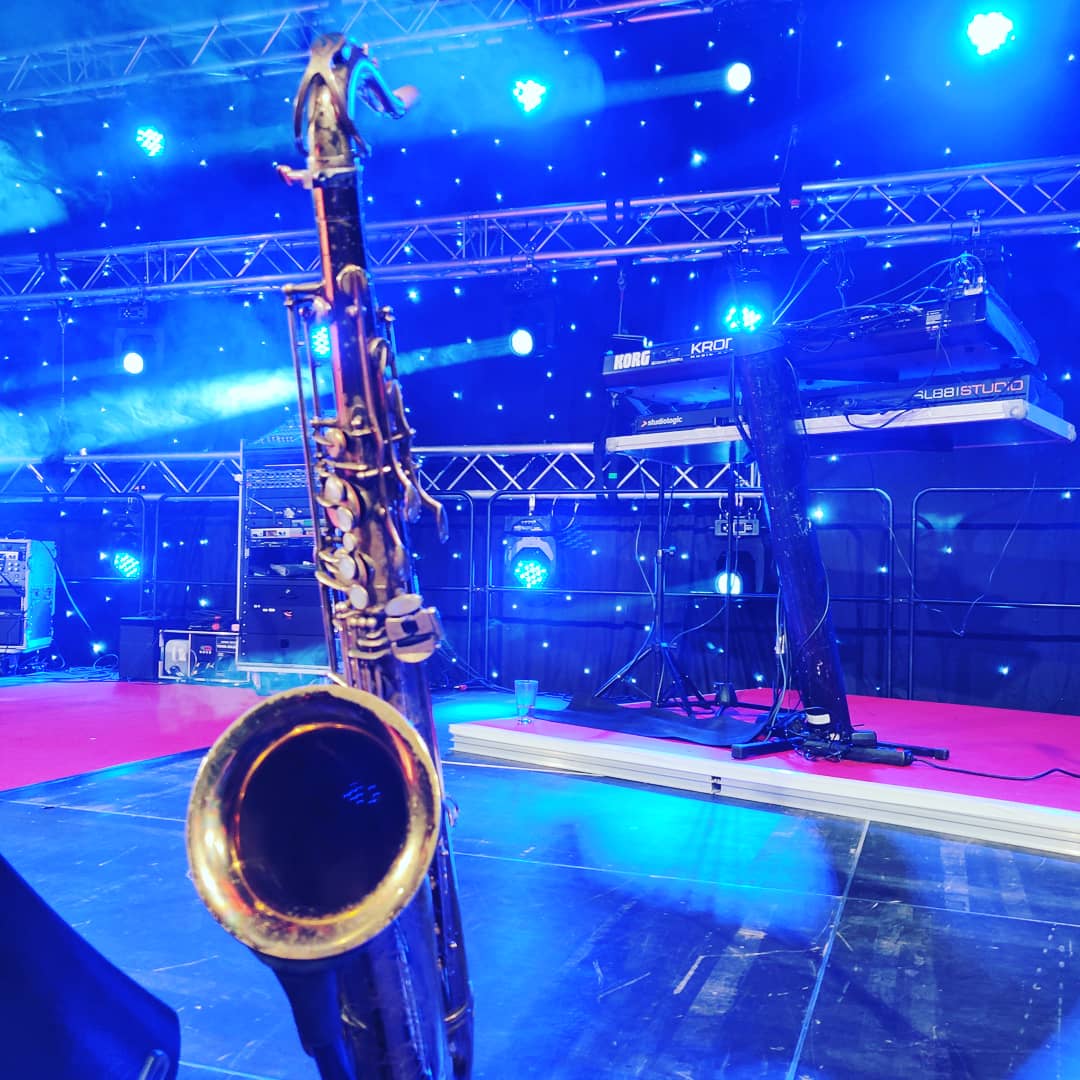What are the differences between a Clarinet and a Saxophone? Are there similairities? Tips for doublers.
Octave key
Learning the saxophone is made easy by the presence of an octave key which, when pressed, makes the instrument jump up an octave. However, the clarinet lacks this feature. Instead, it uses the register or duodecime key which causes it to jump up a 12th in the diatonic scale – an octave plus a fifth. As a result, the same fingering produces different note names depending on whether the register key is used or not.
Build
Another key difference between a clarinet and a saxophone is the bore of the instrument. A saxophone has a conical bore whereas the clarinet a cylindrical.

Resistance
The difference in bore shape is one of the distinctive elements that give the characteristic sound to both instruments. It also gives the player a different experience when blowing air into the instrument. The saxophone is more “free-blowing” having less resistance. As opposed to the more “restricted” cylindrical bore of the clarinet.
This also has an effect on the amount of air that you can put into the instrument. As ever the quality of your airstream is more important than the quantity. ….link to other article…. Nevertheless the difference is there and you cannot just blow the same amount of air into a clarinet as you would on a saxophone. If you are a classical trained musician, you may experience a smaller difference than a more jazz/pop oriented player. This has to do with the embouchures and mouthpiece. The mouthpieces designed with larger tip openings to be played with even more air.
Embouchure
At first the difference in embouchure between clarinet and saxophone can seem little to non existent. One of the main differences is the pressure. A clarinet likes a bit more pressure on the reed than a saxophone. Also the voicing of the throat is different. When playing saxophone the throat is
History of bass clarinet and saxophone
Larry Teal – Some Fundamentals for the Saxophone => https://www.jstor.org/stable/3385349

